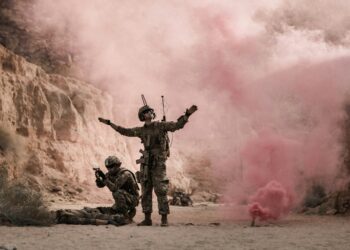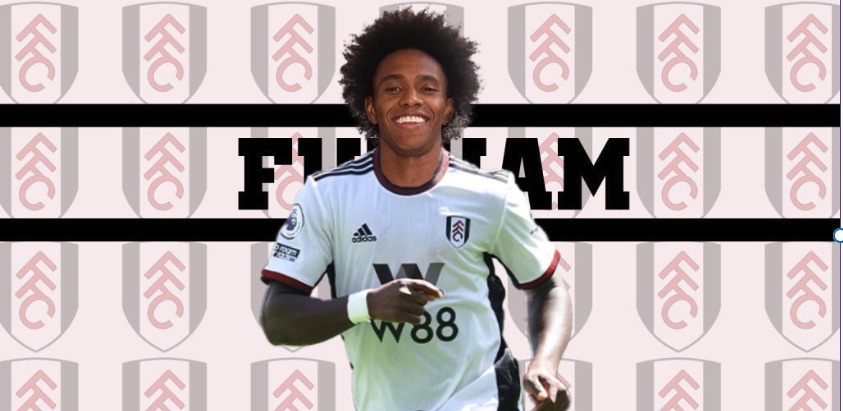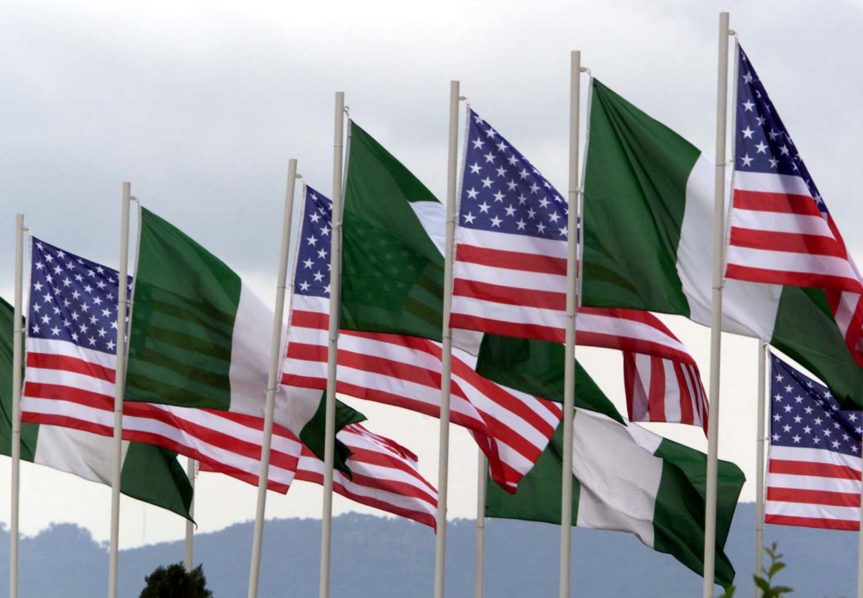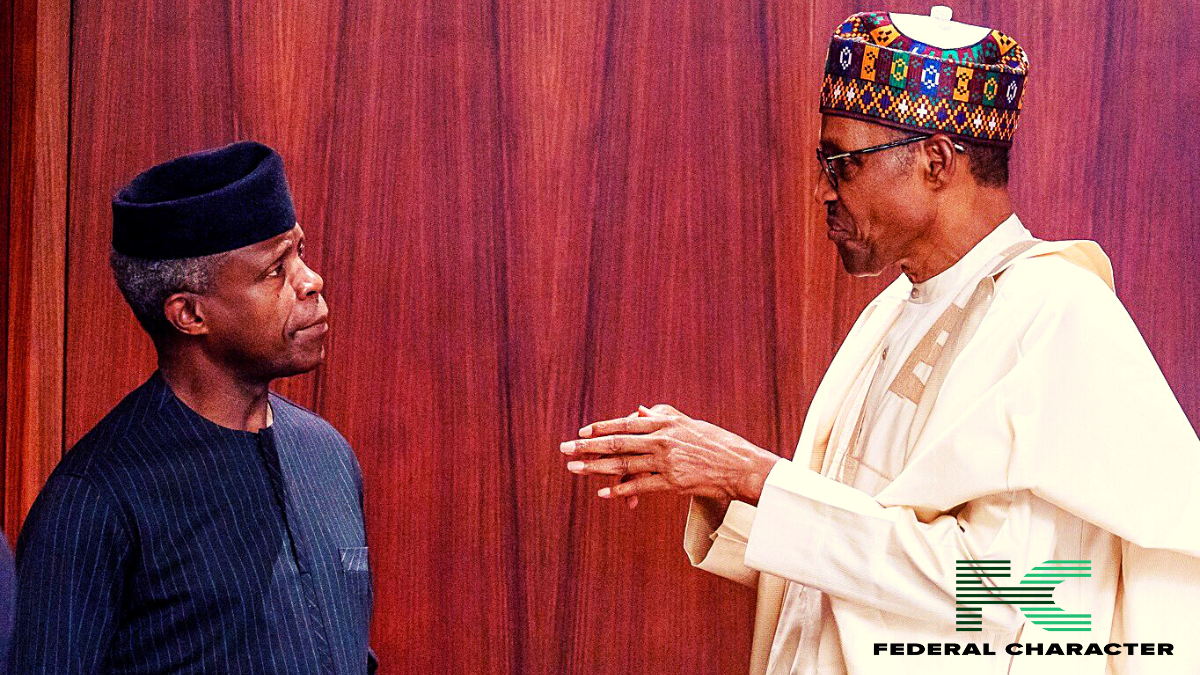Baltimore drivers know the frustration all too well: hours wasted in traffic, stop-and-go streets, and intersections that never seem to move, the city’s traffic lights, many of them decades old, play a big role in the problem. The outdated equipment of Baltimore’s traffic lights is slowing down commuters, creating congestion, and making daily driving more stressful than it should be.
Lights Stuck in the Past
A closer look at the city’s infrastructure shows a system that has not kept up with the city’s growth. Of the 1,380 intersections with traffic signals, the average age of the equipment is 34 years—well past its intended service life. Some lights date back to the 1950s, and around 80% of vehicle detectors are broken. Without proper maintenance, intersections that should take minutes to pass through instead clog for hours during rush hour.

“The system is outdated,” says local driver Anthony Hopkins. “It feels like they don’t really take it seriously.”
Experts agree. Gang-Len Chang, director of the University of Maryland’s Traffic Safety and Operations Laboratory, points out that much of the problem comes not just from old poles and signals, but from outdated control systems. Without real-time monitoring or communication between intersections, Baltimore relies on 311 calls and manual field visits to know when a light is broken or stuck. This slow, reactive approach simply can’t keep up with traffic demand.
A Problem That Costs Time and Safety
Gridlock isn’t just an inconvenience, it can make driving dangerous. Chang warns that traffic systems without proper control and monitoring increase accidents, frustrate drivers, and contribute to reckless behavior. “You’re creating a culture where driving becomes unfriendly and unsafe,” he says.
For residents, the impact is immediate. Commutes take longer, public transport gets delayed, and emergency vehicles can be slowed when intersections fail. Drivers like Jeff note that traffic lights in busy areas feel like they are operating independently, without any coordination to help the flow.
Funding and Modernization Challenges
The city is aware of the problem, but modernization is expensive. Veronica McBeth, director of Baltimore’s Department of Transportation, says the city is planning a 10-year rollout to upgrade signals and improve traffic flow. The challenge is funding: modernizing old signals, communication systems, and control software could cost hundreds of millions.
In the meantime, the DOT is taking small steps, installing new signals, retiming intersections, and hiring additional traffic engineers. Every new signal costs around $500,000, illustrating how complicated it is to bring the city’s system up to modern standards.
What Needs to Change
Experts say Baltimore needs a system that can monitor traffic in real-time, coordinate intersections efficiently, and respond quickly to failures. This includes hiring more staff to handle data, creating software to optimize light cycles, and prioritizing funding for long-term upgrades. Without these measures, the gridlock will only get worse as the city grows.
Residents understand that change won’t happen overnight. “We need to focus on helping people get where they need to be,” says Hopkins. “It’s not about budgets, it’s about making the city liveable for everyone.”
Bottom Line
Baltimore’s traffic lights are more than just old poles and bulbs, they are a core reason why the city struggles with congestion. The outdated equipment of Baltimore’s traffic lights is slowing down thousands of people every day, and unless the city invests in modernization, the gridlock will continue. Small steps are being taken, but real change requires planning, funding, and commitment to make driving safer and smoother for everyone.

















